15 AI tools to streamline your social media strategy
It’s no secret that content is king. And with more and more channels to keep up with — each requiring unique formats for your creative content — AI tools aimed at social media are stepping in to do some of the heavy lifting.

It’s no secret that content is king. And with more and more channels to keep up with — each requiring unique formats for your creative content — AI tools aimed at social media are stepping in to do some of the heavy lifting.
In this post, I'll introduce you to 15 cutting-edge AI tools for social that can help you optimize your strategy, boost productivity, and drive positive ROI. While I admit I was intimidated by some of them at first (or the whole idea of implementing AI), once I saw what these tools could pull off — not as a stand-alone content creator, but as an adept and much-needed assistant — I quickly changed my mind.
Whether you’re trying out AI-powered content creation for the first time or just want to add some variety to your current content repurposing routines, I rounded up marketers who have already put these tools to the test and asked them what they recommend. They had many opinions to share, in addition to stories about how AI has transformed their social media strategies.
So, if you’re ready, let's dive in and discover how innovative AI tools can transform your content strategy.
Table of Contents
Top Social Media Trends
According to HubSpot’s 2025 Social Media Trends Report, marketers’ reliance on AI continues to increase. At the same time, they’re hiring for content-related roles, due to changing and increasing content needs.
Visual Storytelling
One of the major additions for 2025 is the importance of visual storytelling across all mediums. Short-form video, images, and live-streaming were among the most common in 2024, but in 2025 this trend is accelerating. This makes sense given that all three formats were reported as some of the highest ROI last year.
As you can imagine, this shift is especially felt in social media strategy, with YouTube, Instagram, and TikTok seeing increased investment at higher rates than other channels.
Micro-Influencer Partnerships
Another key trend is partnering with small-scale influencers (audiences smaller than 100K) in the context of a shift to brand-led strategies. When asked the biggest benefit of working with this group, almost half of marketers (45.63%) responded that small influencers are more trusted by their followers, with 40.18% believing that small-scale creators give you access to a more niche and tight-knit community. Also, it tends to be less expensive.
Evolving Data Analysis
Lastly, while data remains important, the current adverse data landscape has meant that marketers are changing their relationship to it, in terms of what data is collected and how it's analyzed. Measuring and tracking campaigns has become a primary way to demonstrate ROI by understanding how various strategies are performing relative to one another. This is in contrast to using data to understand a target audience, since consumers are increasingly cautious with their personal data.
So, what does all this mean for AI?
With increased content creation, AI usage among marketers is rising at a staggering rate just to keep up.

And yet, roughly half of all marketers are unsure of their ability to use AI effectively and measure the ROI of using AI to assist their marketing efforts.
If that describes you, the list of tools below aims to give you some inspiration and ideas when it comes to implementing AI in your social strategies so you can go forward with confidence.
3 Ways to Implement AI in Your Social Media Strategy
Social media marketers are creatives, analysts, and expert advertisers, which is a lot of roles to fill at once. Rather than replacing any of those roles, or the people who occupy them, AI can help augment your work in each space and free up time to do what you do best.
1. Use AI to create post content.
Marketers who embrace AI are seeing better results across content creation, engagement,
and audience growth. And as platform-native AI tools become more widely available, marketers are integrating AI into their processes to stay ahead of the competition.
While many of us know about ChatGPT and its capacity to write full-length blog posts, there’s an abundance of choices when it comes to AI tools that can help social media marketers create the content they share — many of which are targeted to social media specifically.
Currently, 43% of marketers are using generative AI to write copy, create images, and even ideate, according to HubSpot’s 2025 Social Trends Report. And it’s no longer reserved for text or static images. AI video tools that can automatically clip or create are making a big splash, as marketers shave hours off creation time.
2. Monitor and analyze your social media channels with AI.
Generating content is only half the battle. A huge portion of social media marketing is managing and monitoring social channels before or after content is released.
Here’s another place where AI can shoulder the burden. Handing off data-heavy tasks can help you make better marketing decisions, as AI tools collect information from millions of posts at scale and use that data to identify patterns, predict new ones, and create posts.
And with the above-mentioned trend of partnering with lesser-known influencers, there are even tools to help you monitor, track, and discover those that would be the best fit for your brand (see Emplifi below, for example).
3. Create, optimize, and manage paid social media advertising.
Social posts aren’t the only thing that AI can help you create. Ad copy, directed at different audiences, is also only a click away with some of the AI tools below. Plus, the ads can be optimized for clicks and conversions using predictive analytics, meaning they’re likely to perform better.
If you’re interested in trying this out for yourself, read on.
The 15 Best Social Media AI Tools
1. Lately

Lately makes generating social posts easy by repurposing long-form content. If you’ve got lengthy videos or wordy reports, this tool can grab ahold of bits and pieces and churn out a number of clips ready to go with captions.
Plus, it analyzes engagement with prior posts, so that the newly generated social posts are likely to perform well, and then recommends the best posting schedules across channels.
And if you manage more than one brand, it offers a hierarchy system that lets you distribute everything from one place.
Best for: Generating content.
What I like: Lately’s AI features let you quickly and easily generate social posts by repurposing long-form content, which is a big time saver.
Pricing: Lately offers two plans, Growth and Enterprise. Plans start at $199 per month billed annually for growing businesses.
Lately Case Study
Abhishek Shah, founder of Testlify, used Lately to successfully launch a new enterprise software feature as part of his company’s offering.
“We transformed a technical whitepaper into 50+ tailored social posts targeted for different platforms and audience segments. The campaign generated 340% more engagement than our previous launch, with LinkedIn posts specifically seeing a 27% higher click-through rate.”
He tells me that, using Lately over time, the most impressive feature is its ability to match the brand’s voice. “It gets better at mimicking our specific tone with each iteration.”
2. Sprout Social

If you use your social platforms for community management, Sprout Social's automated technology can help you reply to fans, customers, or followers.
The dashboard allows you to see and respond to posts through a unified inbox, which uses AI-enhanced agent replies and automated routing.
In both the dashboard and direct message view, Sprout analyzes the wording and sentiment of a message and suggests a response (which is up to you to approve or edit).
Best for: Managing customer messages.
What I like: Sprout Social's Social Listening solution is a great feature that leverages the power of AI technology to uncover customer and competitor insights to enhance your strategy.
Pricing: Sprout Social offers four plans: Standard ($199), Professional ($299), Advanced ($399), and Enterprise (custom), which are priced per seat/month. Prices increase if billed monthly rather than annually.
Sprout Social Case Study
Goally, a company that offers skill-building tools on e-tablets for neurodiverse children, experienced success with Sprout Social's Smart Inbox for message management.
By leveraging the personalized customer care and engagement features of Smart Inbox, Goally grew 254% in followers month over month and reached a 100% action rate on TikTok comments, ensuring a high level of responsiveness and satisfaction among their target audience.
3. HubSpot’s Content Hub

HubSpot's Content Hub is an AI-powered marketing software built for marketers to create and manage content. Using generative AI to create personalized content, it tracks performance, gives SEO recommendations, and captures leads, all powered by Breeze.
One of the highlights is its content repurposing tool, Content Remix, which can take a single piece of content and transform it into multiple marketing assets across channels — all in a matter of seconds. Not only will it turn that long blog article into social posts, it will also optimize the content for each platform, thus saving time while increasing output and reach.
Best for: Remixing and repurposing content.
What I like: HubSpot's Content Remix tool
Pricing: HubSpot's Marketing Hub pricing starts with free tools and then varies depending on how many users you have and which features you want to access. To begin with Content Hub features, you’ll want the Starter Customer Platform, at a minimum, which starts at $15/month.
HubSpot Case Study
Adrian Iorga, founder and president of Stairhopper Movers, leans on Content Hub’s remix feature “because there’s more pressure than ever to maintain a presence on more platforms,” he tells me.
“We used it to create a few social post variations from a blog post and test them from different angles. We were able to see what our audience engaged with most, which meant better content and a 10% lift in overall referral traffic from social media to our website that month.”
“It’s one of the best AI products I’ve seen in the last five years,” he says, adding that “it’s incredibly good at analyzing and using brand tone and voice.”
4. Copy.ai

Writing the perfect copy with the right word count for each platform can take hours of your day. Copy.ai helps automate the process of ideating and writing custom posts by generating hundreds of social posts in just a few clicks.
With Copy.ai you can automate captions, descriptions, short-form video scripts, and also generate and repurpose content, and then integrate it with more than 2,000 tools that you might already be using.
Best for: Writing custom content.
What I like: Copy.ai lets you generate multiple versions of copy, creating personalized posts in seconds.
Pricing: Plans begin with a free version, increasing to Starter ($49), Advanced ($249), and Enterprise (custom) billed monthly. But you can save 20% by paying annually.
Copy.ai Case Study
Andrew Lokenauth, founder of the site Fluent in Finance, uses Copy.ai as his go-to tool for social posts, noting “it saved me about 15+ hours each week on content creation.”
As an example, he says, “Last month, my team generated over 200 social posts using Copy.ai, and our engagement rates jumped by 47%. The tool learns from your brand voice over time, which means less editing on my end. Plus, the analytics integration helps me track which AI-generated content performs best.”
5. Canva

Canva is a well-rounded design platform that does a lot more than social posts, but its suite of “magic” features, which use AI to generate visuals and text, are great tools to complement the scalable selections on this list.
Magic Write generates and refines text, while Magic Design produces a collection of on-brand designs to choose from when you feed it a prompt (it can be as simple as “Instagram story for a fitness influencer’s workout routine”). You can also use the Magic Design feature to create videos and reels.
Magic Switch takes you from generation to transformation through resizing, translating, and reformatting your posts. This helps with workflows in multichannel campaigns.
For modifying visuals that already exist, Magic Grab lets you reposition and resize objects within an image, and Background Remover amazingly erases existing objects like they were never there.
Best for: Designing visually stunning posts.
What I like: Canva is easy to use with a wide variety of templates to start from. The AI features up the game on an already impressive design tool.
Pricing: While some of the AI features are available in the free plan, if you want to use Magic Design, you’ll need to upgrade to Canva Pro (for individuals) or Canva Teams. Plans start at $15/month or $120/year per person.
Canva Case Study
Co-CEO of Viva Executive Assistants, Fineas Tatar, explains that creating and editing content feels like the last thing on your list “when you’re building a startup and trying to manage time as efficiently as possible.” In order to repurpose images for social, he encourages his teams to use tools like Background Remover or Magic Write to draft posts quickly using existing content.
“Using these tools to get time-consuming work out of the way and free up more mental energy for strategic thinking can mean better outcomes for everyone,” he says.
6. Narrato

Narrato offers a host of AI tools for content creation and marketing, but the one I like best is AI Content Genie. After adding a website URL and a few content themes, the tool will continue to generate social media posts automatically each week, with no further inputs required.
In addition, Narrato offers AI Content Assistant to quickly create content using over one hundred tools and templates. You can also create your own templates using chat prompts, as well as use AI to generate images, edit, and tailor to your brand voice.
Best for: Automating content creation, scheduling, and publishing.
What I like: Narrato supports all stages of social media content production, from planning to publishing, making it a good all-in-one platform for social media marketing.
Pricing: Narrato has three plans, starting at $36 per month. The Pro and Business plans come with four user seats, while the Enterprise plan comes with 10.
Narrato Case Study
Safe Systems, a technology company serving community banks, faced challenges in content production due to a small marketing team and high outsourcing costs. By switching to Narrato's AI and automation tools, they saved $90,000 annually and increased content efficiency.
Narrato’s platform is helping Safe Systems meet content demands with SEO tools and content repurposing features, allowing them to produce diverse content types, including social media posts, with ease.
According to the CMO of Safe Systems, Christine Ray, “Using Narrato has enabled us to increase our social media posts by 300%, driving more brand impressions and engagement.”
7. Jasper

A generative AI platform for marketing, Jasper integrates AI into workflows and apps. For social, use Jasper to write captions, share insights, or generate ad copy. It also features a content rewriter and a background remover for images.
The company boasts an AI document editor that’s trained in marketing best practices, alongside a marketing-trained chat assistant that moves you through ideation to execution. You can also configure Jasper to adhere to your brand’s voice and internal style guide, cutting down on editing time.
Best for: Automating end-to-end marketing workflows.
What I like: Jasper can match brand voice consistently, but also help you stay on top of locality-based differences in your content to match each market.
Pricing: Jasper has Creator ($39), Pro ($59), and Business (custom) plans that are priced per month and per seat.
Jasper Case Study
QliqQliq, a digital marketing agency based in Toronto, uses Jasper for copywriting to generate “rich high-quality captivating content tailored to different audience segments,” says digital marketer and founder Anton Kovalchuk. The tool ensures they maintain the same tone and messaging on everything they put out.
For a campaign with a yoga brand that aimed to draw in client interaction and build leads, the team used social listening to learn about holistic health. When they heard about specific stress-relieving techniques, they “asked Jasper to create articulately and convincingly well-researched, content-rich articles addressing trending wellness topics.” They then coupled this with Canva for infographics and carousel posts.
“Three months later, the result was a 40% increase in engagement for our customer, 25% more leads, and a surge in visits to the website through social channels.”
8. Emplifi

Emplifi is an AI-driven social media management platform that provides advanced audience insights through a unified analytics dashboard, content feed, and smart scheduling tools.
Emplifis' AI-driven influencer management dashboard streamlines the processes of finding, vetting, and keeping up relationships with influencers in order to build awareness and track campaign performance. With over 30 million influencers in their database, partnering and building connections is simplified through AI filters that allow you to match based on interest, language, or hashtag.
Best for: Finding influencers to work with.
What I like: Emplifi Social Marketing Cloud allows you to generate custom reports to uncover actionable insights that drive business results.
Pricing: Emplifi Social Marketing Cloud costs $200 per month, billed annually, with a 10-profile limit. For all plans, contact the company for a demo and pricing estimate.
Emplifi Case Study
Organix, the UK's premier baby and toddler finger food brand, collaborated with influencers for their WonderDen campaign. The goal was to establish authentic and trustworthy connections between the brand and its community.
To manage the campaign, Organix leveraged the powerful Emplifi Social Marketing Cloud. The software allowed the brand to track content performance across all social media touchpoints, including both influencer and brand-generated content.
As a result, Organix achieved a remarkable 34x engagement efficiency.
9. Brandwatch

With historical and real-time consumer data, Brandwatch lets you filter millions of posts, comments, and conversations to see what’s relevant to your brand. You can then categorize conversations by complaints, opinions, or feedback, and use AI to spot patterns in the data and generate insights.
Image analysis allows for searches of objects, actions, and logos to dig even deeper into understanding consumers. Using machine learning, the data will then automatically be classified to suit your needs.
Best for: Sentiment analysis.
What I like: Data going all the way back to 2010 allows you to spot trends over time to see how opinions on your industry have changed and how it's viewed minute to minute.
Pricing: Plans are available for Social Media Managers and Influencer Marketers and both require contacting the company for pricing to suit your needs.
Brandwatch Case Study
Oppizi, a New York startup offering data-driven offline marketing technology, has found success with Brandwatch as a sentiment analysis tool.
They tested it on a campaign in Australia to track how people were responding to a flyer distribution campaign with a digital promotion. “By tracking social mentions and gauging sentiment before and after launch, we could see the offline push translate into online conversation,” says marketing expert and CRO specialist Nicolas de Resbecq.
“There was a clear spike of activity after a week of distribution, and that was enough for us to be justified in continuing the campaign.”
10. Hootsuite

Built for social listening, Hootsuite uses AI for sentiment analysis, summarized insights, and real-time media monitoring. Plus, with AI image recognition, you can track your logo across video, memes, and GIFs.
AI-powered insights are delivered in real time, and you can automatically generate briefs based on the metrics you care about. As you track positive and negative feelings around your brand, you’ll also be able to hop into conversations as they happen (for example, to react to misinformation).
Best for: Social listening.
What I like: You can schedule, monitor, engage, and analyze all from a single dashboard, saving time and simplifying the process.
Pricing: Plans include Professional ($99), Team ($249), and Enterprise (request a demo), priced monthly and billed annually. The non-enterprise plans both offer a 30-day free trial.
Hootsuite Case Study
Luke Chapman, senior SEO strategist at Simpro Group, relies heavily on Hootsuite for social media marketing. “It provides real-time data on social trends and customer sentiment, which is crucial for tailoring content to what our audience is talking about at that moment. Being able to track and respond to these conversations is key to staying relevant and engaging with the community,” he tells me.
“A specific success we had using Hootsuite Insights was when we were able to identify a growing trend around sustainability that aligned with our brand’s mission. By using this tool to monitor social conversations, we quickly pivoted our content strategy to include eco-friendly messaging, leading to a 30% increase in engagement across our social channels in just a couple of weeks.”
11. Vizard

Vizard uses AI to turn long-form video into short clips, ready for social channels. In a single click, the tool can produce more than 30 clips from one video. The AI “magic” part of it is that it automatically locates engaging or emotionally charged parts and retains those for the clips.
In addition, it can resize, reformat, and reframe around faces or important objects in your videos. And then, to make sure the clips are ready to post, AI can add captions, emojis, or hashtags to match what performs best.
Best for: Turning long-form video into short clips.
What I like: Video editing can be taxing when it requires continual rewatching, and Vizard can save hours of time by automating the task.
Pricing: Vizard has a free version, which includes 60 upload minutes per month. Its Creator and Business plans start at $14.50 and $19.50 per month, respectively, with annual billing.
Vizard Case Study
“I have tried many AI tools, but the best one I have used is Vizard,” says Spencer Romenco, chief growth strategist at Growth Spurt, a video marketing agency. “It tracks things like facial cues, voice tone, even posture, and flags moments that hit hardest with an audience.”
“We used it with a DTC fitness brand that had a backlog of over 20 hours of user-submitted workout videos,” he tells me. “After training Vizard to detect specific moments such as first-time lifts, personal records, and raw emotional reactions, we were able to process the entire backlog in under two months. The result was over 120 short-form clips, fully formatted for TikTok, Reels, and Stories.”
“One content batch alone drove a 41% jump in Instagram Story conversions. It worked because the edits kept the energy of the original footage intact, without heavy post-production or forced polish.”
12. Jacquard

Jacquard (which was Phrasee until June 2024) is focused on brand messaging. In half a minute, it can generate up to 2,500 curated message variants for all major channels and predict top-performing variants.
Boasting content generation at scale, it curates and optimizes large volumes of on-brand content by testing and adapting in real time. It’s also a way to personalize communication at scale, with just as many messaging variants.
Best for: Analyzing language patterns to find exactly what works.
What I like: Jacquard analyzes the language structure of posts that were successful with your audience and then matches its variants to them in order to replicate that success.
Pricing: Prices are available upon request.
Jacquard Case Study
Tracie Crites, CMO of Heavy Equipment Appraisal, explains why she stands by Jacquard.
“We used it during a campaign aimed at equipment owners ahead of the insurance renewal season, which is a topic that usually gets low interaction. [Jacquard] produced multiple caption variations built around behavioral patterns from past campaigns. One version, ‘3 valuation mistakes that delay your insurance payout,’ lifted Facebook click-through rates by 6.3% and tripled LinkedIn comment activity.”
She concludes, “That jump didn’t happen because of a new visual or offer. It came from phrasing designed to trigger curiosity and action, using patterns that had already proven effective with our audience.”
13. Synthesia

Synthesia is an AI video generator that uses avatars and voiceovers in 140 languages to create video content. You start by creating a script, then customize your video with an avatar, and finally share your video with a link.
While the avatars are pre-made, there are over 230 to choose from, along with video templates and the option to use AI to generate ideas for scripts.
Best for: Creating videos at scale.
What I like: If you’re creating many informational videos that need to go out fast and often, this tool can help.
Pricing: Synthesia has Starter ($18), Creator ($64), and Enterprise (custom) levels, which are billed yearly.
Synthesia Case Study
Sharecat Data Services started using Synthesia when they needed a way to explain a big SaaS upgrade without filming an entire production.
“I work closely with our social media and content team, and getting high-quality video done fast — without flying people in or booking studios — was a real challenge,” says Data Services Director Kristine Fossbakk.
“Synthesia let us create simple, clean videos with voiceovers and avatars, in multiple languages, and we did it all in about two weeks. We made 12 versions for different regions. That alone saved us nearly $18,000 compared to the usual route. More importantly, we reached over 40,000 people between LinkedIn and email, and the reactions were really positive.”
After sticking with the approach for internal training and investor updates, she adds that “It’s cut our content turnaround time by about 40%.”
14. Predis.ai

Predis.ai is focused on AI ad creatives and social posts to meet your brand guidelines. Type in a few words of what your ad is about and its AI tool will generate ad content with text, visuals, or video. You can also generate headlines, captions, and copy — and in more than 18 languages.
The same goes for other social posts, whether you’re making a meme or a product post from your ecommerce cataloge. To make sharing easy, Predis.ai connects to all major social platforms, so you can create, schedule, publish, and even continue to edit, all from one location.
Beyond that, this tool can help with competitor analysis by digging into the competition’s content patterns. AI features then analyze what’s working and what’s not, so you can get a leg up on what might work similarly for you.
Best for: Competitor analysis.
What I like: Predis.ai offers a simple site and list of features that offer both content creation and insights into the competition.
Pricing: There are four plans available: Free, Lite ($27), Premium ($36), and Enterprise ($212) billed monthly.
Predis.ai Case Study
Daniel Vasilevski, owner and director of Bright Force Electrical, who also handles the social accounts for the 24/7 residential and commercial electrical services provider, says that fewer people talk about Predis.ai, but it's his most reliable tool for analyzing the competition and predicting industry trends.
“I used it before the summer season last year to plan a campaign promoting our emergency electrical services. The tool identified that short, problem/solution-style reels with captions like ‘No AC in a heatwave? Here’s what to check before calling us’ performed best. I followed its recommendations and saw a 37% increase in engagement within two weeks. More importantly, those posts drove a 20% uptick in emergency service calls during what’s normally a slower period.”
In addition, the tool’s competitor analysis gave him information about the gaps in how other electricians were positioning their services. “So, I adjusted our messaging to highlight 24/7 availability more prominently,” he says. “If you’re in a trade business, this is the kind of tool that helps you stop guessing and start posting what actually converts.”
15. OpusClip

An AI video clipping tool, OpusClip turns long videos into shorts and then publishes them directly to all your channels. Using AI to identify the most compelling extracts, it then cuts and arranges those extracts into curated short-form content of its own.
While other tools on this list do the same, this one stands out from “the other ones I have used since it can analyze speech patterns, audience retention cues, and even background music to predict viral-worthy moments, which is something most basic clipping tools miss,” says Robbin Schuchmann, co-founder of EOR Overview.
AI also reframes videos to adjust for various aspect ratios, detecting speakers and moving objects. And if you want to add animated captions, the tool can do this automatically with various templates to choose from. Within its platform, you can also schedule, analyze, and collaborate to streamline your workflows.
Best for: Quickly clipping long-form videos into shorts.
What I like: It leverages big data to analyze video content in relation to the latest social media trends, enabling it to highlight moments in your video that are most likely to go viral.
Pricing: OpusClip has three plan levels (Starter, Pro, and Business) above its free forever level.
OpusClip Case Study
Schuchmann, who also manages the company's social strategy and content direction around global employment topics, says OpusClip is the tool he considers best and uses most regularly.
“Last quarter, we repurposed a 45-minute webinar on global hiring compliance into short clips using OpusClip. The tool identified a 12-second segment where our speaker broke down a common payroll mistake in Germany.”
“That clip alone generated 3x more engagement than our usual posts and drove a 20% increase in sign-ups for our compliance guide. The best part was that it took minutes, not hours, to find and edit that moment.”
AI for Every Social Media Marketer
If AI still seems like an overwhelming subject, don’t worry. You’re not alone. But what I learned while talking to marketers who worked with these tools is that the point of AI is actually the opposite: to ease the overwhelm.
Instead of feeling like competition, AI tools for social end up feeling like assistants — ones that are super competent in taking over the routine, repetitive, or time-consuming tasks that were keeping us underwater in the first place.
Editor's note: This post was originally published in November 2019 and has been updated for comprehensiveness.
![]()













_1.jpg)


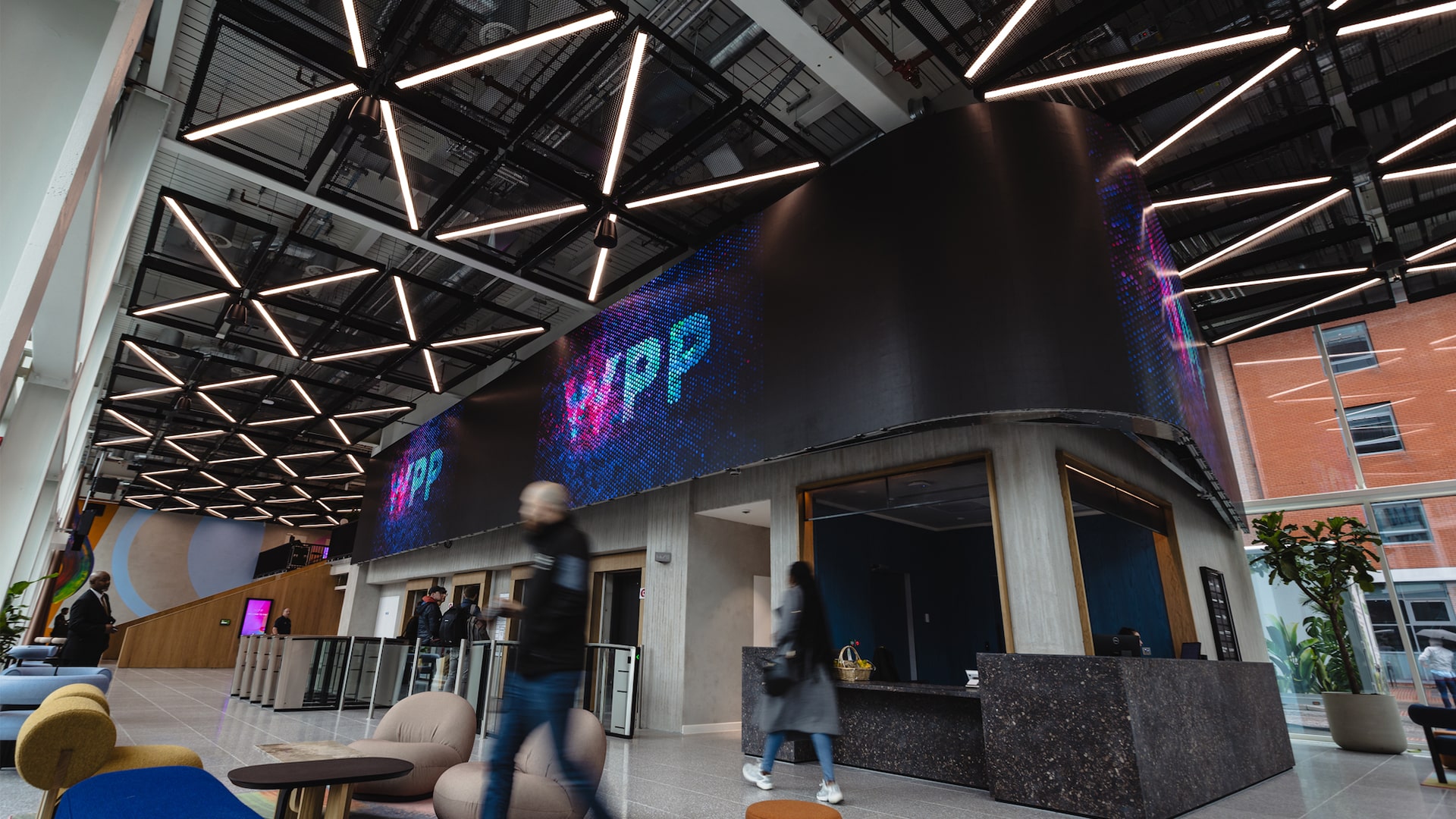


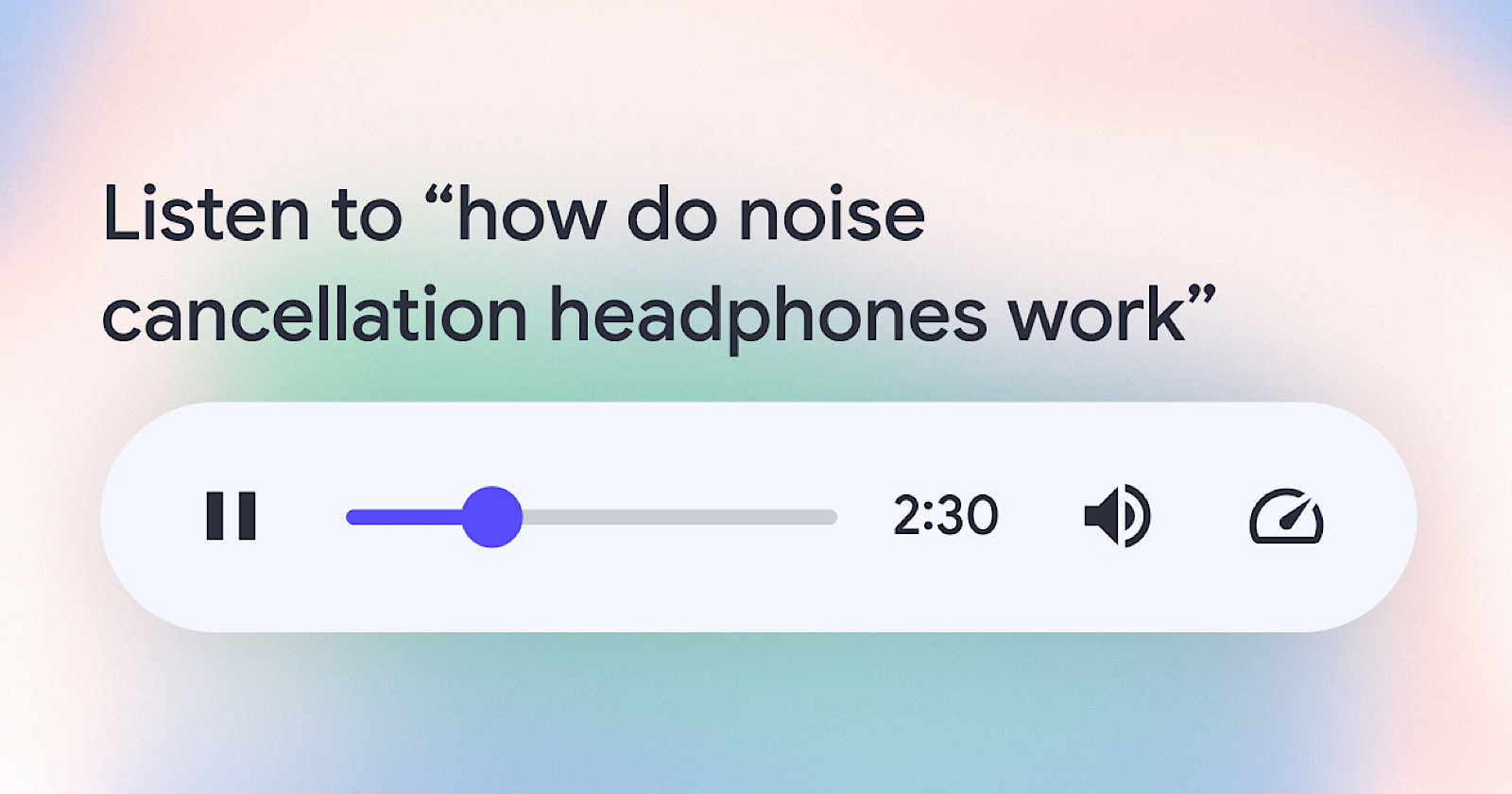

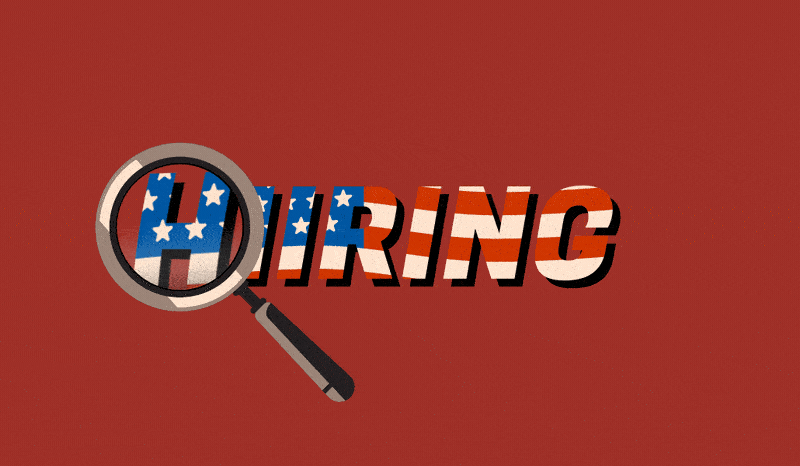


![Brand and SEO Sitting on a Tree: K-I-S-S-I-N-G [Mozcon 2025 Speaker Series]](https://moz.com/images/blog/banners/Mozcon2025_SpeakerBlogHeader_1180x400_LidiaInfante_London.png?auto=compress,format&fit=crop&dm=1749465874&s=56275e60eb1f4363767c42d318c4ef4a#)

![How To Launch, Grow, and Scale a Community That Supports Your Brand [MozCon 2025 Speaker Series]](https://moz.com/images/blog/banners/Mozcon2025_SpeakerBlogHeader_1180x400_Areej-abuali_London.png?auto=compress,format&fit=crop&dm=1747732165&s=beb7825c980a8c74f9a756ec91c8d68b#)
![Clicks Don’t Pay the Bills: Use This Audit Framework To Prove Content Revenue [Mozcon 2025 Speaker Series]](https://moz.com/images/blog/banners/Mozcon2025_SpeakerBlogHeader_1180x400_Hellen_London.png?auto=compress,format&fit=crop&dm=1747758249&s=9f3c5b1b7421f862beace1cb513053bb#)











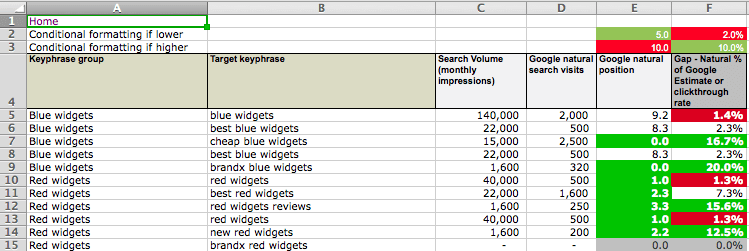
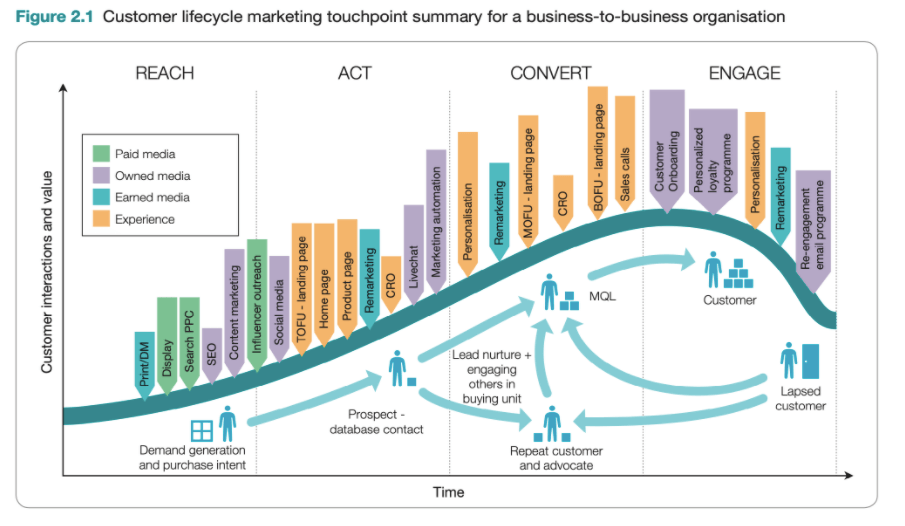











![The 11 Best Landing Page Builder Software Tools [2025]](https://www.growthmarketingpro.com/wp-content/uploads/2024/04/best-landing-page-software-hero-image-1024x618.png?#)



































![How to Create an SEO Forecast [Free Template Included] — Whiteboard Friday](https://moz.com/images/blog/banners/WBF-SEOForecasting-Blog_Header.png?auto=compress,format&fit=crop&dm=1694010279&s=318ed1d453ed4f230e8e4b50ecee5417#)



![How To Build AI Tools To Automate Your SEO Workflows [MozCon 2025 Speaker Series]](https://moz.com/images/blog/banners/Mozcon2025_SpeakerBlogHeader_1180x400_Andrew_London-1.png?auto=compress,format&fit=crop&dm=1749642474&s=7897686f91f4e22a1f5191ea07414026#)



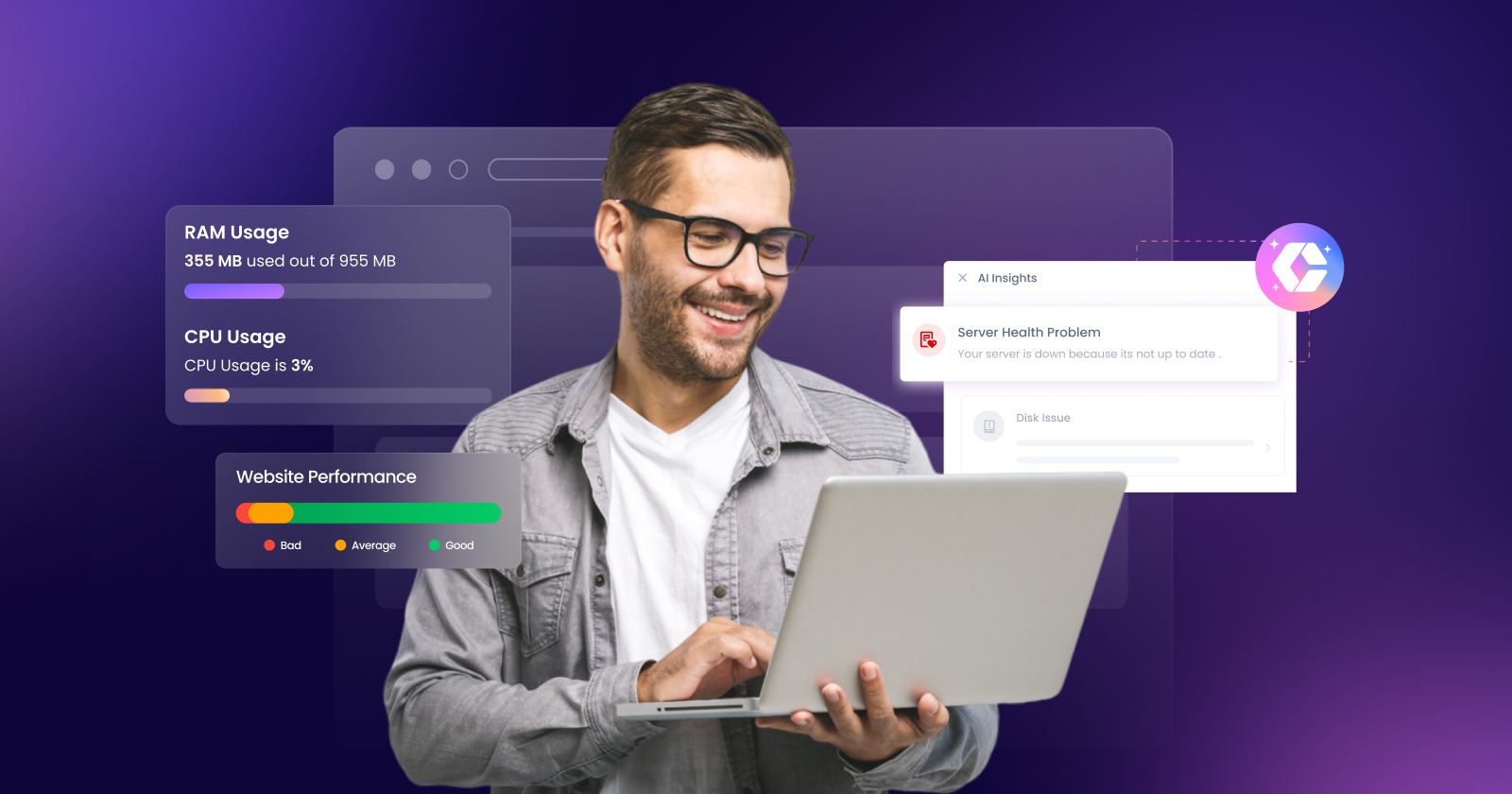
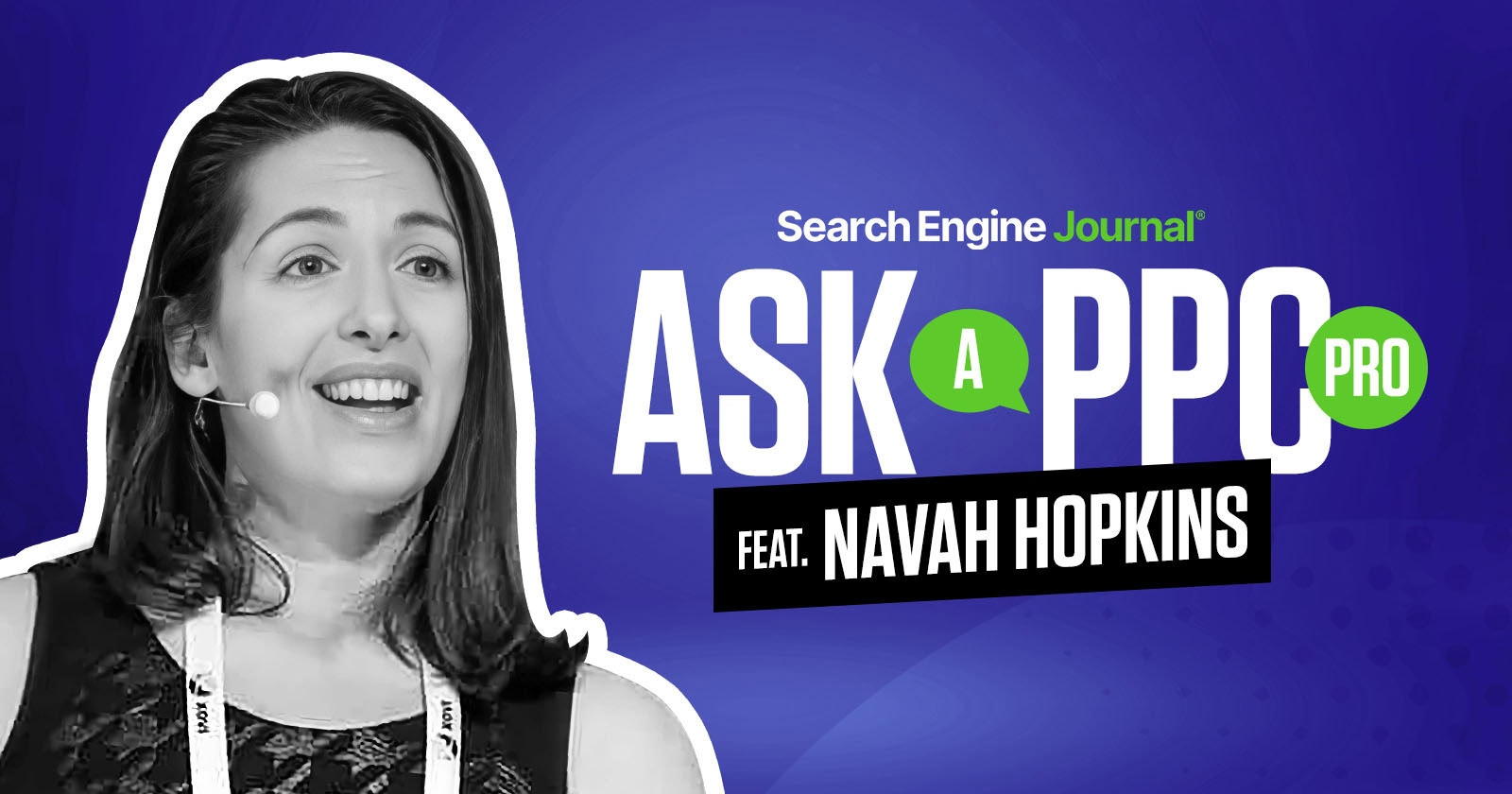






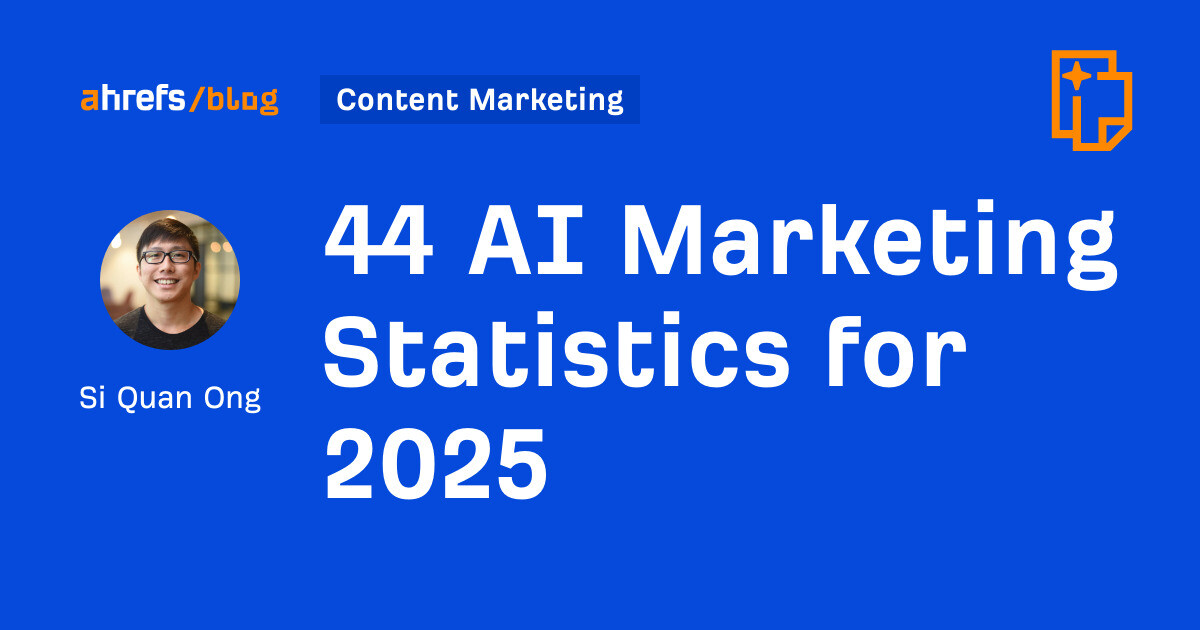
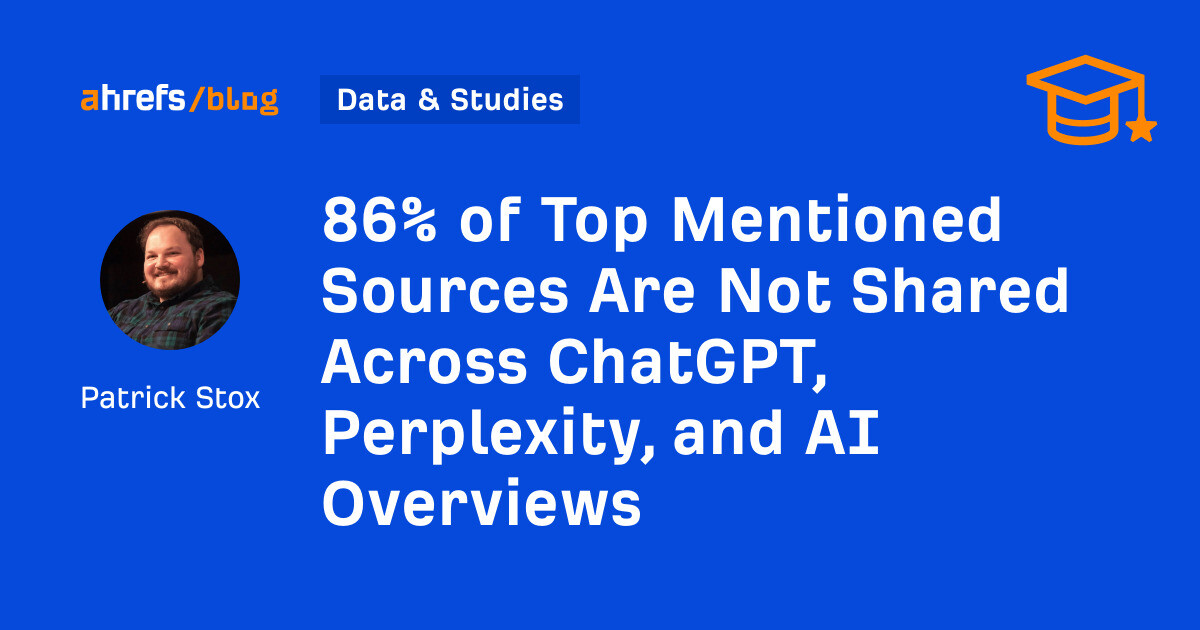
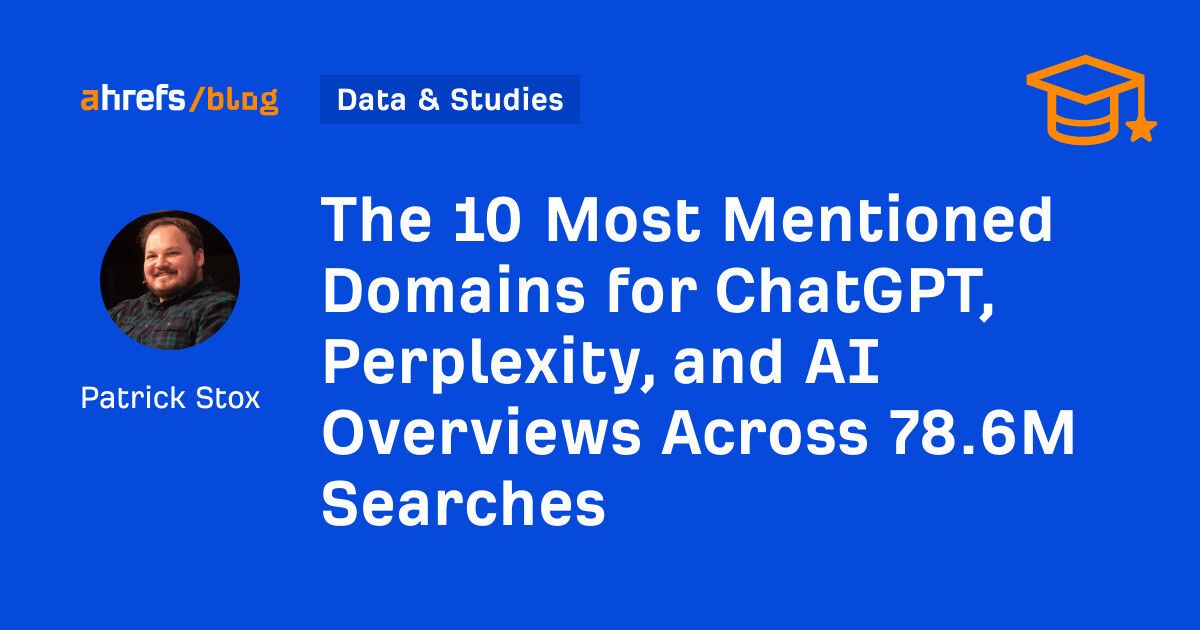
![Marketers Using AI Publish 42% More Content [+ New Research Report]](https://ahrefs.com/blog/wp-content/uploads/2025/06/marketers-using-ai-publish-42-more-by-ryan-law-data-studies-1.jpg)


![Instagram hashtags: How to find best hashtags for Instagram [+ list]](https://media.sproutsocial.com/uploads/2023/07/Instagram-hashtags-how-to-find-and-use-the-best-hashtags-Final.jpg)









![Brand pitch guide for creators [deck and email templates]](https://blog.hootsuite.com/wp-content/uploads/2022/06/brand-pitch-template.png)



![The HubSpot Blog’s AI Trends for Marketers Report [key findings from 1,000+ marketing pros]](https://www.hubspot.com/hubfs/state-of-AI-1-20240626-53394.webp)
![AI can boost conversions from your web page — HubSpot’s CMO shows you how [tutorial]](https://knowledge.hubspot.com/hubfs/ai-1-20250605-395473.webp)
![The state of inclusive marketing in 2025 [new data + expert insight]](https://www.hubspot.com/hubfs/inclusive-marketing-report.webp)
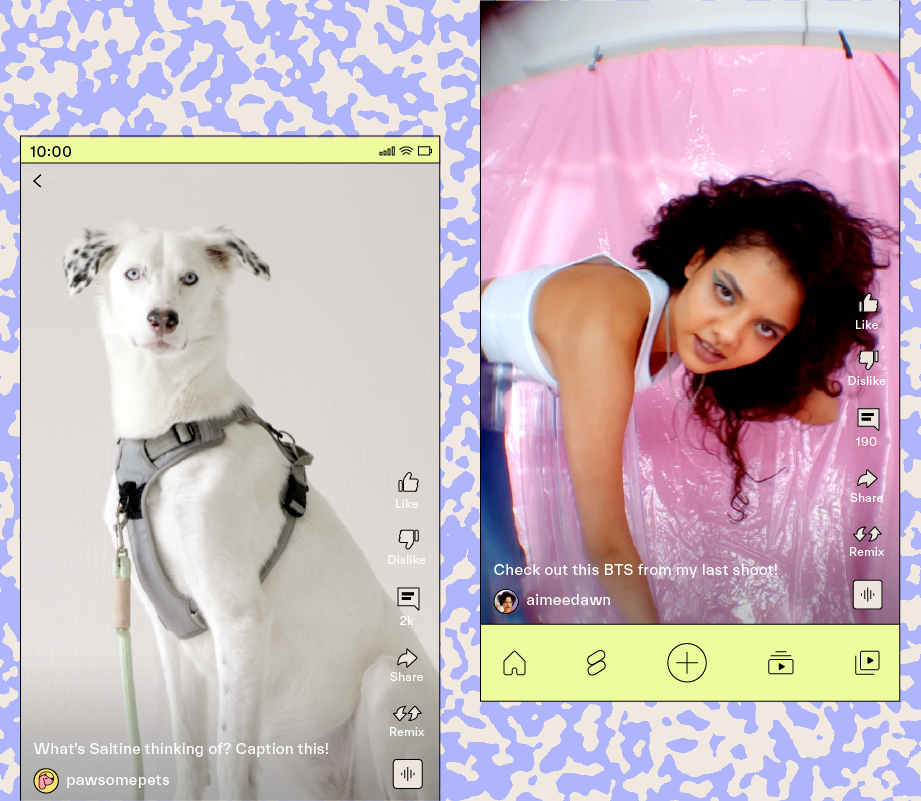





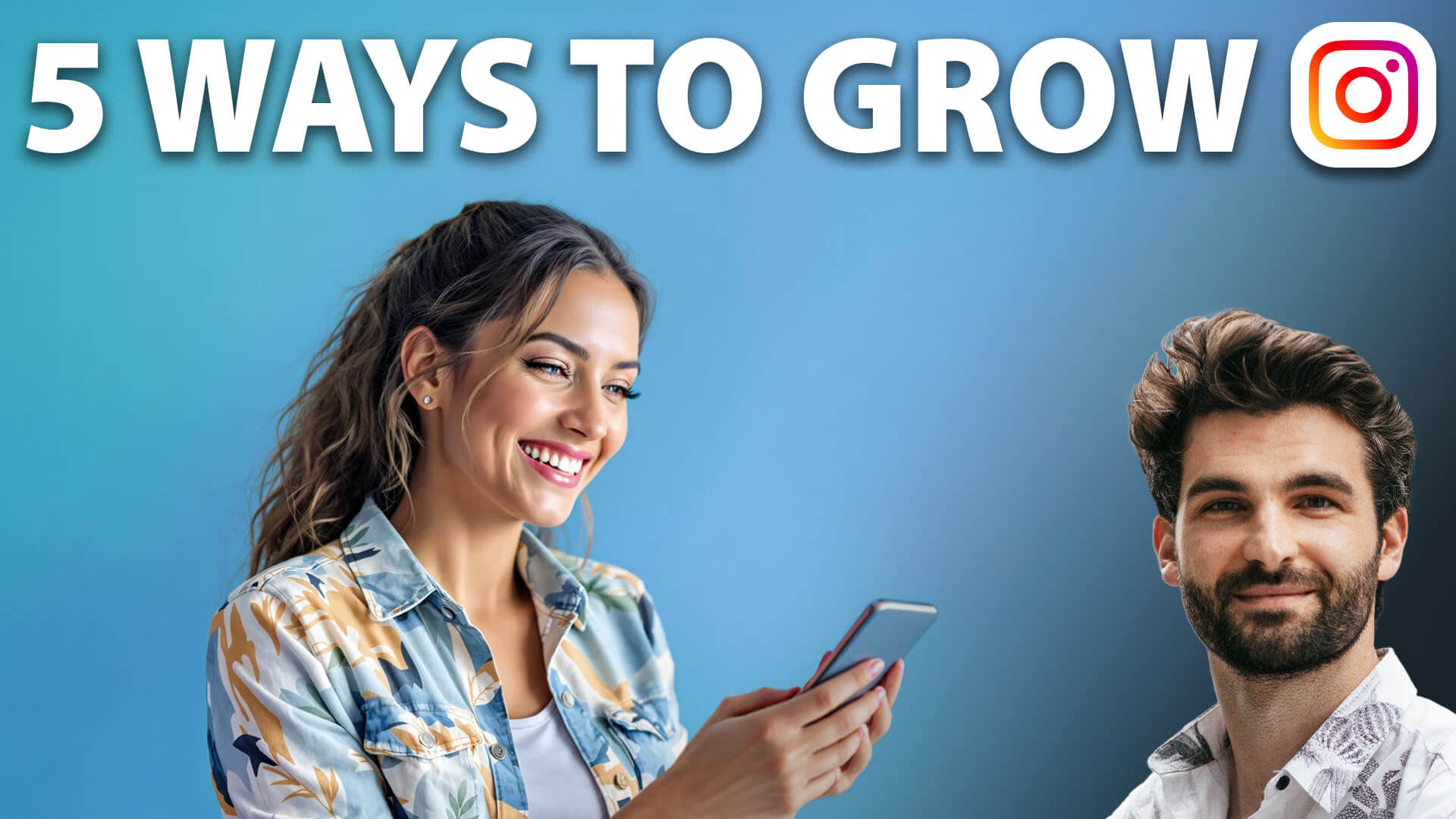




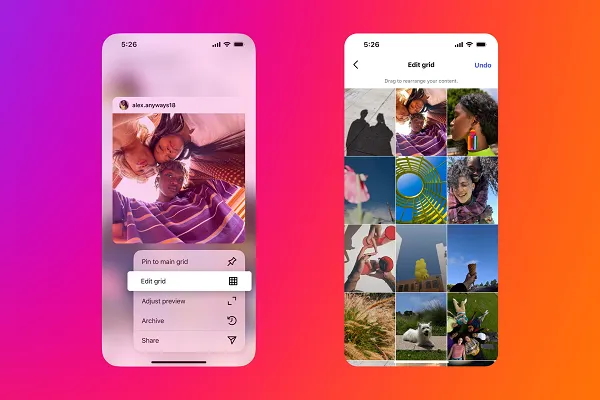
![X Highlights Back-To-School Marketing Opportunities [Infographic]](https://imgproxy.divecdn.com/dM1TxaOzbLu_kb9YjLpd7P_E_B_FkFsuKp2uSGPS5i8/g:ce/rs:fit:770:435/Z3M6Ly9kaXZlc2l0ZS1zdG9yYWdlL2RpdmVpbWFnZS94X2JhY2tfdG9fc2Nob29sMi5wbmc=.webp)
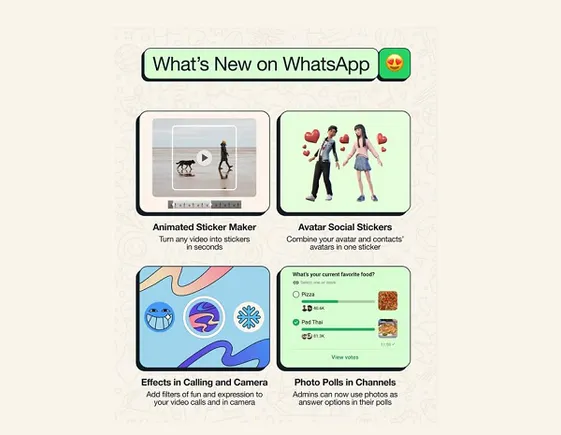
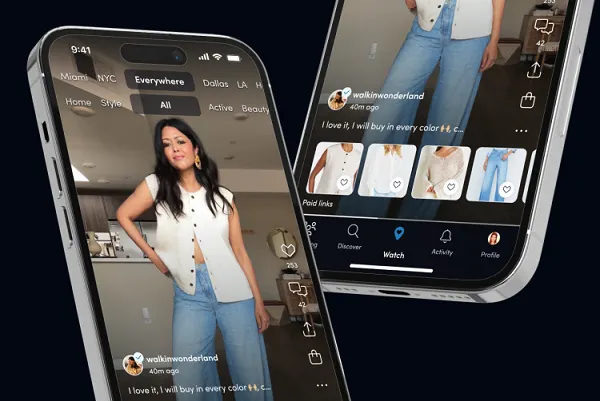


![Download Now: The Annual State of Artificial Intelligence in 2024 [Free Report]](https://no-cache.hubspot.com/cta/default/53/b72f2b25-8cc9-4642-9a1b-1e675d3d273b.png)
![How to create an infographic in PowerPoint [free templates]](https://www.hubspot.com/hubfs/Untitled%20design%20%2885%29-2.png)

